Pediatric Myopia
Clear Vision for Your Child’s Future at R K Eye & Retina Centre
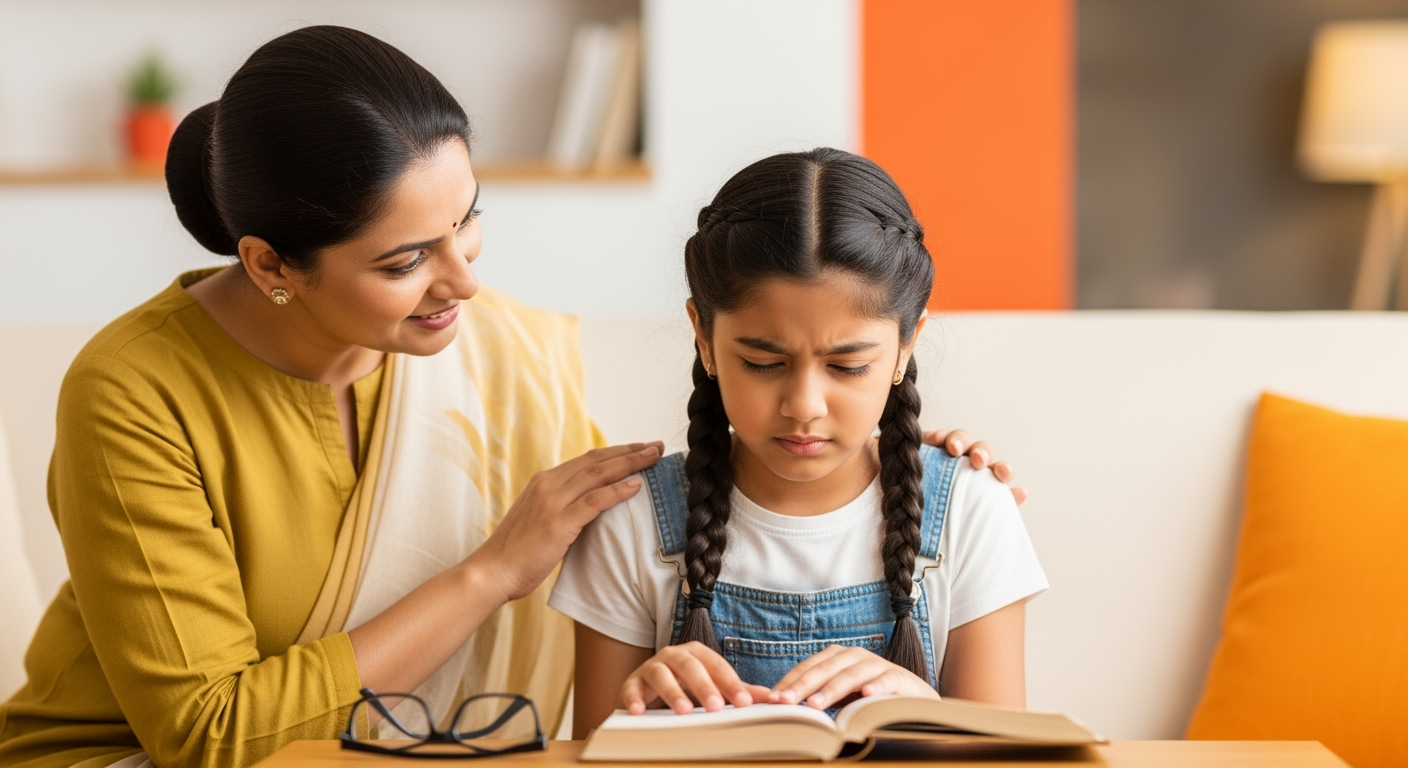
Clear Vision for Your Child’s Future at R K Eye & Retina Centre
Myopia (nearsightedness) in children is on the rise globally – it’s more than just needing glasses. If your child struggles to see distant objects clearly, squints often, or holds books too close, don’t ignore it. Early action can prevent long-term vision issues. At R K Eye & Retina Centre, Indore, we combine heartfelt pediatric care with cutting-edge science to manage myopia and keep your child seeing the world clearly. In fact, childhood myopia has become so common that 1 in 4 parents now has a child with myopia . Experts even predict that by 2050 nearly half of the world’s population may be nearsighted – but with early detection and proven treatments, we can slow down myopia’s progression and protect your child’s sight.
Myopia is a refractive error where a child can see near objects clearly, but distant objects appear blurry. It happens because the eyeball grows too long or the cornea is too curved, causing light to focus in front of the retina instead of on it. In school-age kids, myopia often first shows up as difficulty seeing the blackboard or distant TV screens. It’s not an illness you can “catch,” but a condition influenced by genetics and environment. Kids with myopic parents have a higher risk, and modern lifestyles (lots of screen time and less outdoor play) contribute too. The good news: myopia can be corrected with lenses and its worsening can be managed with specialized treatments. Taking it seriously is important – high myopia in later years can increase risks of retinal issues, so addressing it early is key.
Quick Facts: Myopia usually starts between ages 6 and 12 and often progresses through the teen years. The sooner it begins, the higher the chance of stronger prescriptions later. That’s why controlling it early matters. Worldwide, doctors call childhood myopia a “silent epidemic” – it’s doubling in prevalence in some regions . But by getting your child’s eyes checked and treated early, you’re setting them up for a future of clear, healthy vision.
How can you tell if your child might be nearsighted? Kids don’t always realize or say that something is wrong with their vision. As a parent, watch for these common signs of myopia:
If you notice one or more of these signs, it’s time for a thorough eye check-up. Trust your instincts – as a parent, you are often the first to suspect a vision problem when you see your child struggling.
Don’t “wait and see” with myopia – early detection is crucial. Children’s eyes are still developing, and myopia can worsen each year if unchecked. The higher the myopia, the greater the risk of serious complications later in life (like early cataracts, glaucoma, or retinal detachment). By catching myopia early, we can start treatments to slow down its progression, meaning your child may end up with a milder prescription than if left untreated.
Early treatment isn’t just about medical outcomes – it’s about your child’s quality of life and confidence. Clear vision means they won’t sit at the front of the class out of necessity, or avoid sports because they can’t see the ball. It means fewer headaches and a more engaging learning and play experience. Studies even show that increasing outdoor play time can help delay myopia progression – we’ll guide you on simple lifestyle changes like this that make a big difference.
Bottom line: when you address myopia early, you give your child a brighter, clearer future. At R K Eye & Retina Centre, we empower parents with knowledge and kids with the best care, so myopia doesn’t hold your little one back.
Myopia is a refractive error where a child can see near objects clearly, but distant objects appear blurry. It happens because the eyeball grows too long or the cornea is too curved, causing light to focus in front of the retina instead of on it. In school-age kids, myopia often first shows up as difficulty seeing the blackboard or distant TV screens. It’s not an illness you can “catch,” but a condition influenced by genetics and environment. Kids with myopic parents have a higher risk, and modern lifestyles (lots of screen time and less outdoor play) contribute too. The good news: myopia can be corrected with lenses and its worsening can be managed with specialized treatments. Taking it seriously is important – high myopia in later years can increase risks of retinal issues, so addressing it early is key.
Quick Facts: Myopia usually starts between ages 6 and 12 and often progresses through the teen years. The sooner it begins, the higher the chance of stronger prescriptions later. That’s why controlling it early matters. Worldwide, doctors call childhood myopia a “silent epidemic” – it’s doubling in prevalence in some regions . But by getting your child’s eyes checked and treated early, you’re setting them up for a future of clear, healthy vision.
Myopia is a refractive error where a child can see near objects clearly, but distant objects appear blurry. It happens because the eyeball grows too long or the cornea is too curved, causing light to focus in front of the retina instead of on it. In school-age kids, myopia often first shows up as difficulty seeing the blackboard or distant TV screens. It’s not an illness you can “catch,” but a condition influenced by genetics and environment. Kids with myopic parents have a higher risk, and modern lifestyles (lots of screen time and less outdoor play) contribute too. The good news: myopia can be corrected with lenses and its worsening can be managed with specialized treatments. Taking it seriously is important – high myopia in later years can increase risks of retinal issues, so addressing it early is key.
Quick Facts: Myopia usually starts between ages 6 and 12 and often progresses through the teen years. The sooner it begins, the higher the chance of stronger prescriptions later. That’s why controlling it early matters. Worldwide, doctors call childhood myopia a “silent epidemic” – it’s doubling in prevalence in some regions . But by getting your child’s eyes checked and treated early, you’re setting them up for a future of clear, healthy vision.
At R K Eye & Retina Centre, we take a comprehensive approach to manage your child’s myopia. Our goal is not only to correct their current vision, but also to slow down any progression of nearsightedness. After a thorough examination, we will customize a treatment plan suited to your child’s needs. Some of our pediatric myopia solutions include:
power to make distant vision crystal clear for your child. Our in-house optical shop offers a range of kids’ frames (durable and colorful!) so your little one can pick glasses they love. Proper glasses not only help them see better but also can reduce eye strain and slow myopia from worsening by ensuring the eyes aren’t over-focusing.
atropine therapy. These special eyedrops (used typically at night) can significantly slow down the progression of myopia in children . The drops are very safe for long-term use in kids – our doctor will explain how to use them and monitor any minor side effects (some children may have slight light sensitivity or need reading glasses while on drops, but these effects are manageable). This treatment can reduce how quickly your child’s prescription increases each year.
custom contact lenses worn overnight. These lenses gently reshape the cornea while your child sleeps, so they can see clearly during the day without glasses. Ortho-K can be a great option for active older kids or teens who play sports and want daytime freedom from glasses. It also has a myopia-control benefit. Our specialist will assess if your child is a good candidate (it’s generally recommended for children roughly 8-9 years or older who are responsible enough to handle contacts).
control glasses (with specialized lens designs) or multifocal soft contact lenses can slow progression. If needed, we’ll guide you to these options. For example, some lenses create a specific focus pattern that has been shown to reduce myopia worsening. We stay up-to-date with the latest advances so your child gets the best possible care.
on healthy visual habits. Simple changes like ensuring good lighting for homework, encouraging at least 2 hours of outdoor play daily, limiting continuous screen time, and proper reading distance can all help manage myopia. We’ll provide personalized tips (for instance, the 20-20-20 rule: every 20
minutes of near work, look at something 20 feet away for 20 seconds) to ease eye strain. In select cases, we also offer vision therapy exercises or coordinate with orthoptists if your child could benefit from exercises to improve focusing.
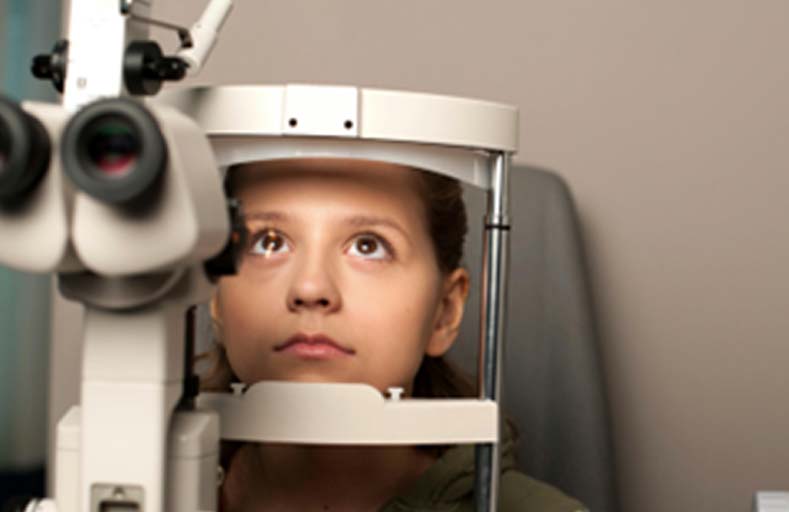
As you can see, we tailor the treatment to what your child needs. One child might just need a pair of glasses and yearly check-ups; another might benefit from atropine drops to keep their vision stable. Rest assured, all treatments are explained to you in detail – we’ll work together as a team (doctor + parents + child) to protect your little one’s eyesight.
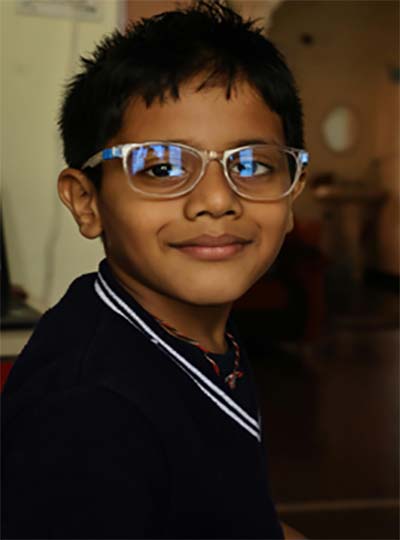
Your child’s eyes deserve an expert! R K Eye & Retina Centre is proud to have a dedicated pediatric ophthalmologist on our team – experience in treating children’s eye conditions, with specialized training in pediatric ophthalmology and myopia management. From toddlers who won’t sit still to teenagers nervous about eye drops, Dr. [Name] knows how to put kids at ease.
Credentials: Dr. [Name] completed ophthalmology training at a premier institute and has a special interest in childhood myopia control. [He/She] stays updated with international myopia research and has even implemented advanced treatments like low-dose atropine therapy at our centre. Beyond the impressive resume, it’s [his/her] gentle demeanor and fun approach that parents and children love. The doctor might ask your child about their favorite cartoon or show them how the eye machines work to make the exam enjoyable.
Child-Friendly Care: Our entire clinic environment is built to make kids comfortable. We have a cartoon- themed pediatric waiting area, walls decorated with friendly characters, and a treasure box of stickers/ toys for brave patients after their exams. The nursing staff and optometrists are trained to work with children patiently – no rushed exams, no scary procedures. This means your child won’t dread eye appointments; they might even look forward to them!
When you bring your child to R K Eye & Retina Centre, you’re not just getting a doctor’s appointment – you’re stepping into a supportive, family-friendly environment. We speak to the children on their level, answer all your questions as a parent, and ensure you and your child are comfortable every step of the way. Dr. [Name] will personally discuss the findings and plan with you, so you fully understand your child’s eye health and treatment options.
Myopia is a refractive error where a child can see near objects clearly, but distant objects appear blurry. It happens because the eyeball grows too long or the cornea is too curved, causing light to focus in front of the retina instead of on it. In school-age kids, myopia often first shows up as difficulty seeing the blackboard or distant TV screens. It’s not an illness you can “catch,” but a condition influenced by genetics and environment. Kids with myopic parents have a higher risk, and modern lifestyles (lots of screen time and less outdoor play) contribute too. The good news: myopia can be corrected with lenses and its worsening can be managed with specialized treatments. Taking it seriously is important – high myopia in later years can increase risks of retinal issues, so addressing it early is key.
Quick Facts: Myopia usually starts between ages 6 and 12 and often progresses through the teen years. The sooner it begins, the higher the chance of stronger prescriptions later. That’s why controlling it early matters. Worldwide, doctors call childhood myopia a “silent epidemic” – it’s doubling in prevalence in some regions . But by getting your child’s eyes checked and treated early, you’re setting them up for a future of clear, healthy vision.
Myopia usually develops due to a mix of genetics and lifestyle. If mom or dad are nearsighted, the child has a higher chance too. Modern lifestyles with lots of near work (reading, phones/tablets) and not enough outdoor light play a role as well. The eyeball grows a bit longer than normal, causing distant images to blur. The good news is that encouraging good habits (like outdoor play) and early interventions can help counteract these factors.
Myopia often increases as your child grows, especially through the school years. We can’t “cure” myopia permanently (since it’s not a disease per se, but a refractive condition). However, with treatments like atropine drops, special lenses, or ortho-k, we can slow down how much it worsens each year. Eventually, in adulthood, the progression stops. Many people then choose options like LASIK to correct the refractive error – but our focus now is to keep your child’s prescription as low as possible until then. Proper correction (glasses/contacts) is important so your child always has clear vision despite the myopia.
Yes – the low-dose atropine drops (0.01% to 0.05%) used for myopia control have been found to be safe in large studies and have been used for years . The dose is much weaker than standard diagnostic atropine. Most children tolerate it very well. The main side effect can be slightly dilated pupils or mild light sensitivity, and sometimes a bit of difficulty focusing up close. We usually suggest using photochromic (light-adjusting) lenses or sunglasses in bright sun if needed. Our doctor will monitor your child’s response closely – if any issues, we can adjust the dosage. But generally, it’s a proven, safe, and effective way to slow myopia progression.
We can examine children of any age – even infants have specialized tests if needed. Age 4 is definitely not too young for an eye exam. In fact, it’s great to check early! We use child-friendly methods (like pictures, shapes, or shining lights to see eye alignment) to assess their vision. If a young child is myopic, providing glasses early will help their visual development (so their brain learns to see clearly). Don’t worry, we have flexible, safe frames for toddlers and we make the process fun. Early correction ensures your child doesn’t fall behind in learning or development due to blurry vision.
: There is a strong link between excessive near activity (like screens or reading very close) and the development of myopia. Screens themselves don’t “damage” the eye permanently, but they encourage habits that can strain eyes – kids blink less and focus at one distance for long periods. This can contribute to myopia or make eyes tired. We recommend following the 20-20-20 rule (every 20 minutes, look at something 20 feet away for 20 seconds) to relax the eyes. Also, ensure your child has plenty of outdoor time daily – natural daylight has a protective effect . Limit recreational screen time as much as reasonable and encourage other activities. Balanced use of screens (for study or fun) with breaks and good posture/lighting is key. As parents ourselves, we know it’s hard to cut out devices completely, but moderation helps keep their eyes healthy.
There’s no strict age – it depends on the child’s maturity and hygiene. Some kids as young as 8-10 years old manage contact lenses well (usually daily disposable soft lenses for sports or events). We usually recommend contacts for older kids (pre-teens/teens) who are responsible enough to care for them. If considering Orthokeratology (night lenses), we typically start around 8-10 years and above, as these require nightly cleaning and application. Our doctor will help determine if your child (and you) are comfortable with the routine. We always do a trial and training session to ensure the child can handle it. Remember, contacts are optional – many kids stick with glasses. But for active lifestyles or cosmetic preferences (like a teen who dislikes their look in glasses), contacts can be a great, safe option under supervision.
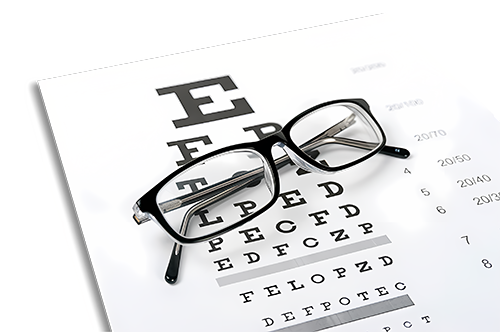
Don’t let blurry vision blur your life. Take the first step toward clarity.
